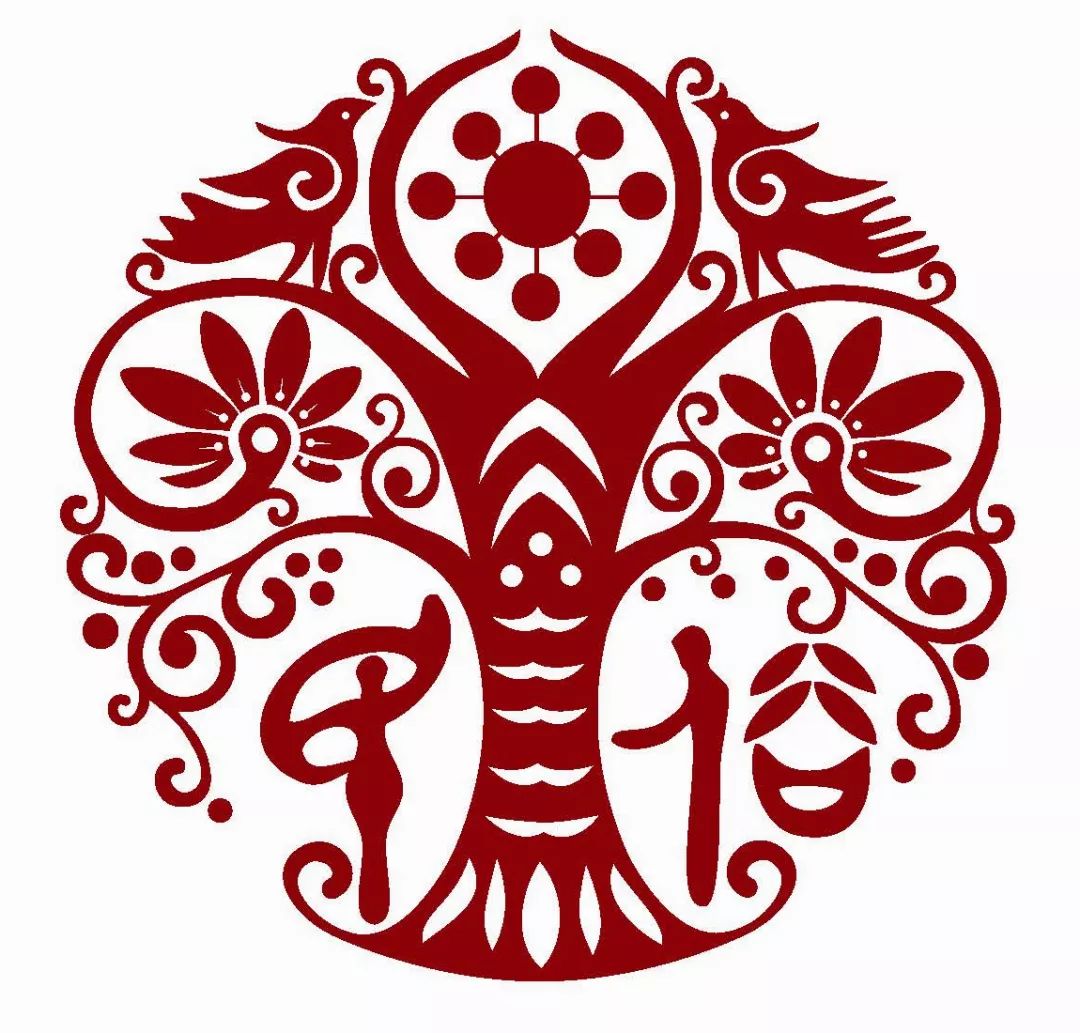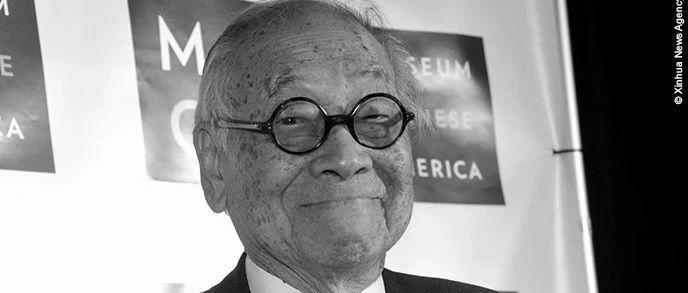
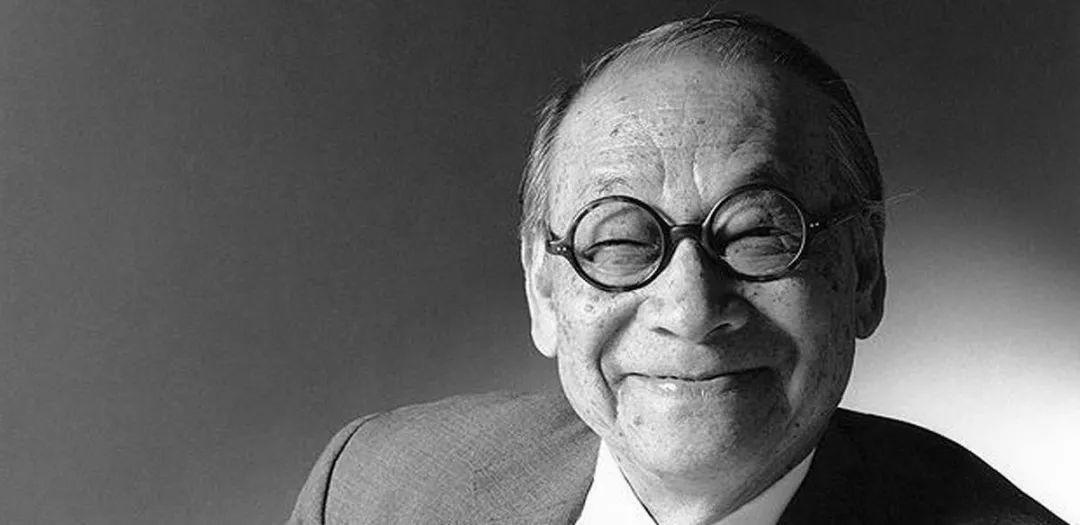
2019年5月16日,著名华裔建筑设计师贝聿铭先生逝世,享年102岁。大师生前投身建筑业七十多年,在世界各地留下了多处优秀的建筑设计作品,其中,巴黎卢浮宫前的玻璃金字塔是世界文化遗产保护和改建的范本。联合国教科文组织于1996年对贝聿铭先生以及时任大卢浮宫管理建设机构的负责人让·勒布拉进行了采访,采访中贝聿铭先生谈及了通过改建工程让历史古迹焕发活力的建筑设计理念。
本文刊登于联合国教科文组织1996年《世界遗产》杂志,我们谨以此文表达对贝聿铭先生逝世的哀悼。
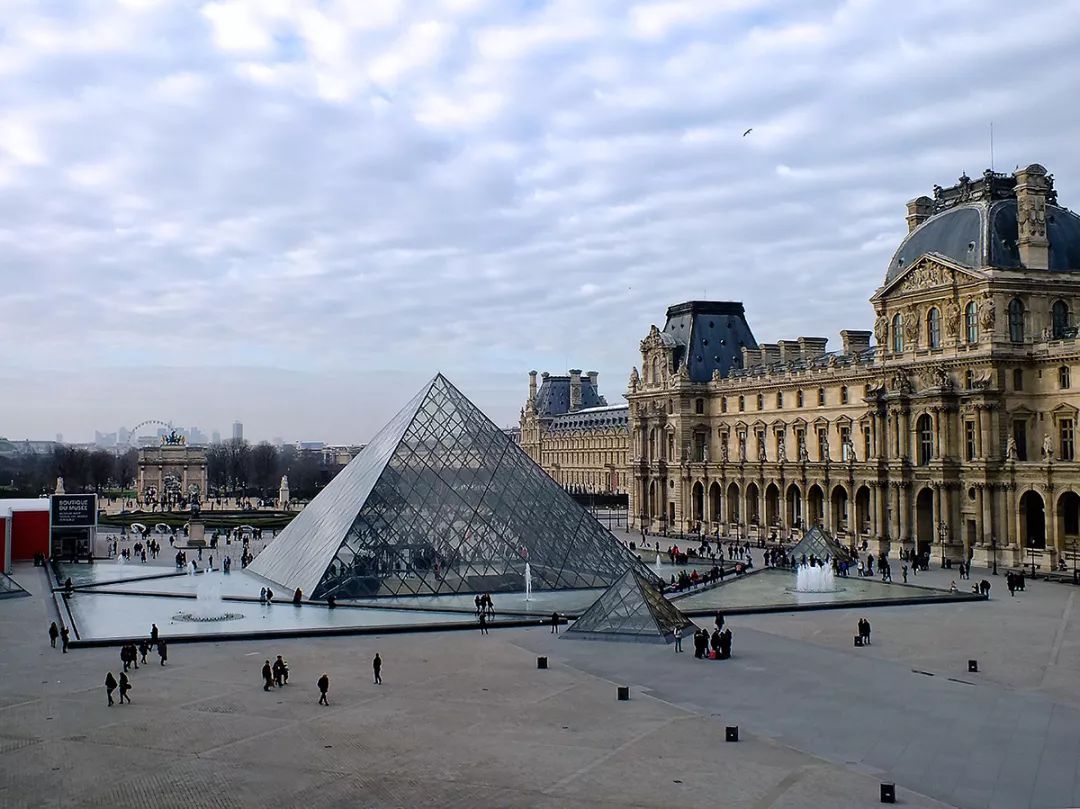
遗产与时代:卢浮宫
如果说美丽而历史悠久的巴黎是世界人民心中据有一席之地,那么部分要归功于塞纳河两岸的风光。卵石河岸、桥梁和附近的古建, 这些都述说着历史留给这座城市的文化财富。“巴黎塞纳河畔”于1991年12月列入《世界遗产名录》,这一区域指的是西勒桥至耶纳桥之间的河段,包括其间的西岱岛和圣路易岛。该遗产地还包括圣日耳曼奥塞尔教堂广场、卢浮宫及杜伊勒丽花园、协和广场及玛德莲教堂-国民议会、荣军院及其广场-大皇宫及小皇宫、战神广场-军事学校-埃菲尔铁塔-夏乐宫和特罗卡德罗花园。巴黎塞纳河畔历史建筑群是人文地理与历史的结合,层层历史在这里和谐相融,构建了城市沿河建筑的卓越典范。
If the beautiful and historic city of Paris holds a special place in the hearts of millions of people throughout the world, it is in part thanks to the banks of the River Seine. Its tree lined cobblestone quays, its bridges and the monuments nearby are all examples of the cultural wealth bequeathed to the city by its successive rulers. Inscribed on the World Heritage List in December 1991, “Paris-the River Bank of the Seine River” refers to the part of the river between Pont Sully and Pont d’lena, and includes the fle de la Cité and the fle Saint-Louis. The protected area also includes the Place Saint Germain l’Auxerrois; the Louvre Palace and the Tuileries Gardens; Place de la Concorde with the axis Church of the Madeleine-Assemblée Nationale; the Hotel des Invalides and its esplanade – the Grand Palais and the Petit Palais des Champs-Elysees; Ecole Militaire-Champ de Mars-the Eiffel Tower-the Palais de Chaillot and the Trocadero Gardens. This site, regarded as a geographical and historic entity, constitutes a remarkable example of urban riverside architecture, where layers of history are harmoniously superposed.
本文采访了当代最杰出的建筑师之一贝聿铭先生,以及时任卢浮宫建筑管理负责人勒布拉 (Jean Lebrat)。访谈内容主要关于卢浮宫的修复及其周围地区的重建。这项举世闻名的大工程由法国前总统密特朗提出。卢浮宫改建项目不仅是遗产保护的范本,也是历史古迹改造的经典案例。最重要的是,它是历史遗产与现代化的相互交融,体现了巴黎城市演变的面貌,是城市规划的一个典范。
This interview with leoh Ming Pei, one of the leading architects of our time, and Jean Lebrat, president of the Etablissement Public du Grand Louvre, focuses on the restoration of the Louvre Palace and the reorganization of the surrounding area. Undoubtedly the most internationally acclaimed of the “Grands Travaux” projects launched by the late president of the French Republic, Francois Mitterrand, the Louvre project has been a model not only of conservation but also of the transformation of a historic monument and above all, an excellent example of urban planning, where the interplay of heritage and modernity con- tributes to the evolution of Paris.
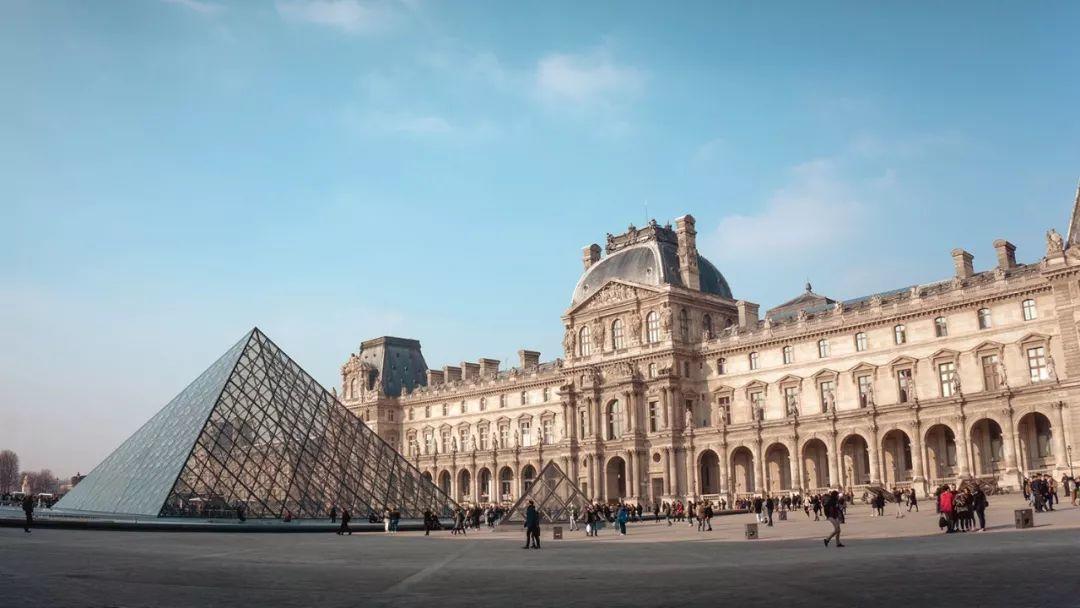
问:1981年9月,密特朗总统决定将财政部迁走,并将整个卢浮宫改作博物馆。贝先生,您当时受邀参与这个项目。您最初的想法是什么?
Q: In September 1981, President Mitterrand decided to move the Ministry of Finance and reclaim the entire Louvre Palace as a museum. Mr Pei, you were solicited to participate. What was the first idea guiding you?
贝:1982年,我曾受邀与总统会面,但这只是一次关于建筑话题的友好讨论,与卢浮宫项目本身毫无关系。我是后来才接受了这项挑战。
PEI: It was in 1982 that I was invited to meet the president, but it was a friendly discussion about architecture in general and not at all to do with the Louvre project as such. It was later that I was offer- ed this challenge.
问:那您当时作何反应?
Q: What was your reaction?
贝:我简直不敢相信。我很惊讶被邀请参与改造这一法国最重要的历史遗迹。我说这根本行不通,因为我不是法国人,但最终我同意调研一下情况,于是我在四个月的时间里,每月都去一次卢浮宫,有时我会一个人像普通游客一样完整地参观这个地方。第三次参观后,我同意接手这个项目。因为我发现游客会迷路——他们甚至找不到入口。
PEI: I could not believe it. I was surprised to be asked to work on France’s most important monument. I said that it would never work, because I’m not French, but eventually I agreed to study the situation and I visited the Louvre four times at one month intervals, visiting the place thoroughly, at times on my own, like an ordinary visitor. After the third visit I agreed to help. I had discovered that visitors would get lost they could not even find the entrance.
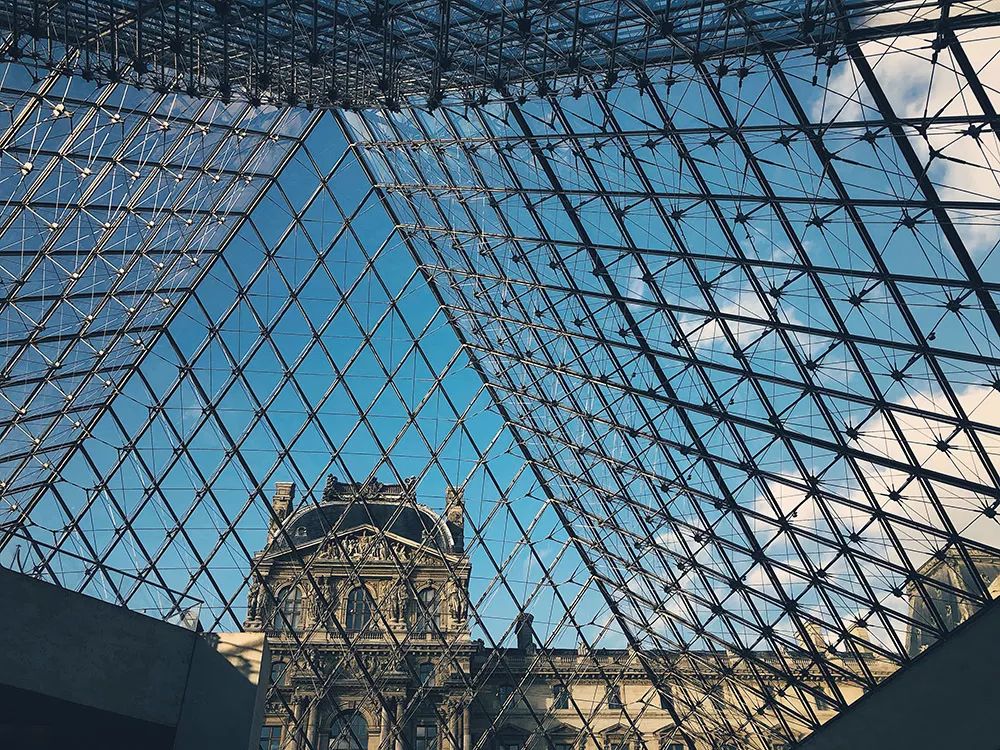
问:卢浮宫是一个坐落在城市中心的庞大建筑群。游客、观光车和十字路口的交通使得这里水泄不通,巴黎本地人都望而却步。您如何看待城市中的历史遗迹问题,以及它与当地居民的关系呢?
Q: The Louvre is a vast ensemble, located in the centre of a city. Overrun by tourists, tour buses and at a crossroad for traffic, the museum had become all but closed to Parisians. How did you consider the question of a monument within a city and its relationship with the local inhabitants? Mr Lebrat?
勒:回想当时,由于财政部占据了黎塞留大楼,卢浮宫博物馆被夹在了黎塞留大楼和繁忙的河岸公路之间。现在金字塔所在的拿破仑中庭,在当时并不向公众开放,而是被用作停车场。财政部阻断了博物馆和城市之间的联系。博物馆的入口位于塞纳河码头一侧,周围是车水马龙的公路和路旁停放的车辆。虽然这里坐落着以卓越收藏品而闻名遐迩的博物馆,然而人们却找不到入口! 贝聿铭先生在提出开放黎塞留通道时,就指出了这一问题。黎塞留通道作为连接城市与博物馆新入口的通道,是一个重要的象征纽带——城市通向了艺术世界。虽然来卢浮宫参观的主要是外国游客,但卢浮宫改造后创造的公共空间也使它成为了巴黎人最喜欢的景点之一。
LEBRAT: One has to recall that at the time, because the Ministry of Finance occupied the Richelieu Wing, the Louvre Museum was stuck between it and the busy road along the riverbank. The Cour Napoleon, where the pyramid is now located, was at the time inaccessible to the public and it was used as a parking space. The ministry blocked the link between the museum and the city. So the entrance to the museum was on the side of the Seine, along the quay, in the midst of the traffic and a long row of parked cars and buses. So, here is this museum famous for having one of the finest collections in the world but one couldn’t find the entrance! Mr Pei put his finger on the problem when he proposed the opening of the Richelieu Passage, the crea- tion of an access from the city to the new entrance. This was an important symbolic linkage the city opening into the world of art. While the Louvre is still visited mainly by foreigners, the public space created as the result of the Louvre transformation has also made it one of the favoured spots for Parisians.
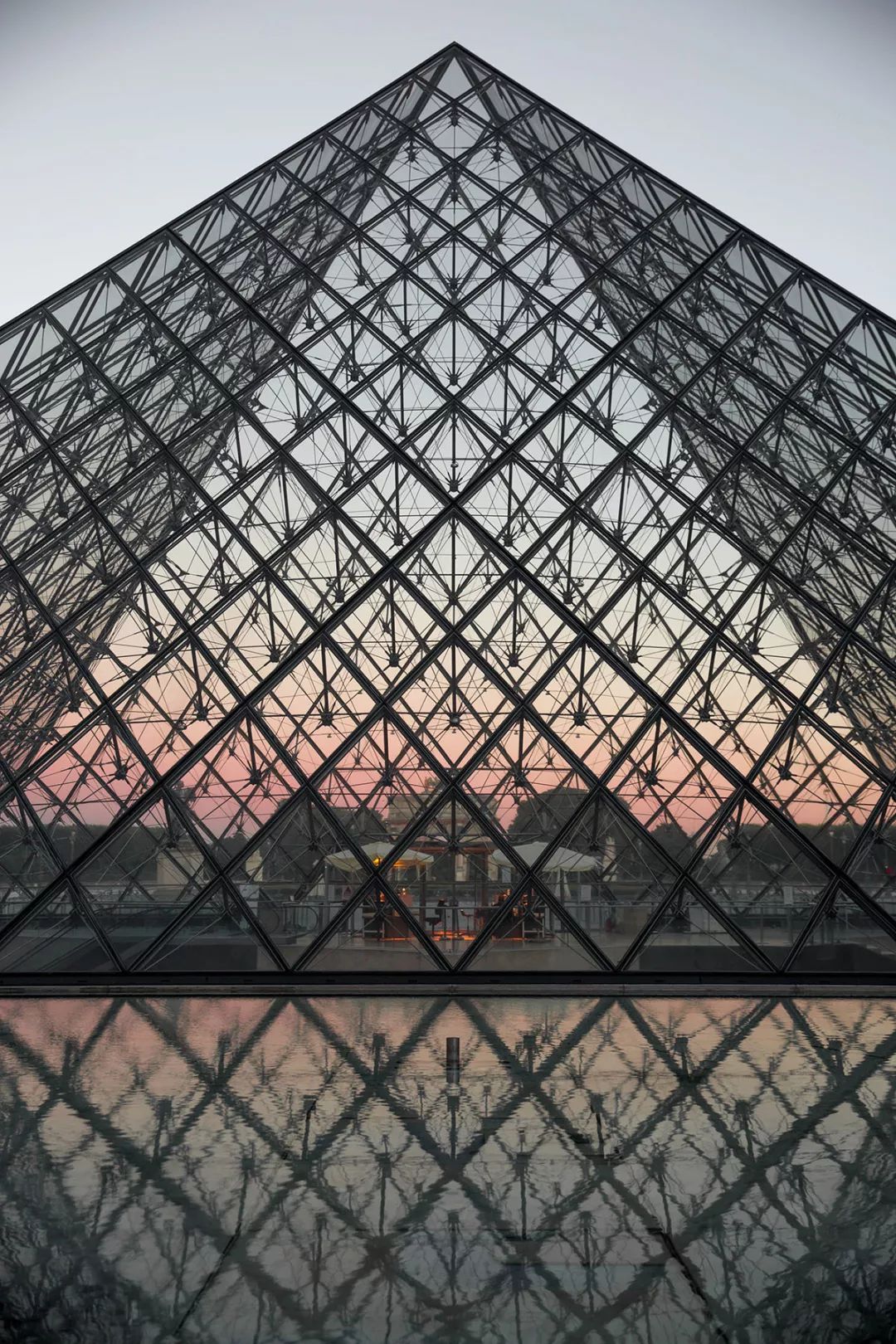
贝:是的,开发中央空间是第一个突破点,但这仅仅是个开始。如果没有黎塞留馆,中央空间的一切工程都难以实施。如果没有对整体建筑群的把控,改建工程将变得很困难。以我多年在博物馆的工作经验来看,客流量是关键问题之一。卢浮宫的另一个主要问题是缺乏基础设施的支撑。在大多数博物馆里,展览场地和配套设施(如储藏室、礼堂、书店和许多其他重要设施)的比例是五五开的。卢浮宫基本上没有这些,甚至地板下也没有管道空间。我们不可能把宫殿里精美的房间变成储藏空间,所以需要另寻他处。
PEI: Yes, discovering the “centre” was the first breakthrough, but just the beginning. This wouldn’t have been possible without the Richelieu Wing, and without taking possession of the complex in its entirety, it wouldn’t have been possible to make it really good. I had quite a bit of experience working on museums, and circulation of visitor flow is one of the main concerns. The other major problem with the Louvre was the lack of support infrastructure. In most museums, there is a fifty-fifty ratio between exhibit space and support space, such as for storage, an auditorium, a book shop and a host of other vital services. The Louvre basically had none of this, even space under the floor for piping didn’t exist. There was no point in converting the wonderful rooms of the palace into storage space, so we had to look elsewhere.
本质上而言,历史古迹是具有现实意义的,也在当下社会中拥有一席之地。我和其他许多建筑师一样,坚信改造是为了新用途,是为了重焕历史古迹的风采。新的修缮增补应该不失其本真,而不是混乱的拼凑。1984-1985年对我来说是很艰难的岁月。媒体批评我,将改建卢浮宫这一项目变为了执政的左翼和反对的右派之间的政治问题。玻璃金字塔是后来出现的,这在当时并不是一个问题。争论的焦点在于金字塔底部的空间利用和服务空间的建构。从法国考古学家的优秀研究工作中,我了解到,中央广场下方也是重要的历史遗迹,因此不能用于建造地下服务空间。事实上,菲利普•奥古斯特对考古遗迹一系列的修复为博物馆本身增添了很多价值。经过考古鉴定,我们发现拿破仑中庭下方的地下区域并没有那么重要,于是就用于了地下停车场的建设。
It is essential that historic monuments have a meaning, a role in contemporary society, and | am among the group of architects who firmly believe in transformation for new use, to revitalize the monument. New additions should be seen to be such, not some pastiche. 1984-85 were difficult years for me. The press criticized me, the issue became a political one between the ruling Left and the opposition Right. The glass pyramid came later and that wasn’t the issue, the essential point was the creation of the “centre” and new space for support services. I knew from the excellent research work of the French archaeologists that underneath the Cour Carrée were important remains, it therefore could not be used for underground service space. In fact, the subsequent integration of the archaeological vestiges of the Philippe Auguste Fortress added much value to the museum itself. As for the underground area beneath the Cour Napoleon, it was less important and after thorough archaeological research, this was used for the desperately needed parking space.
卢浮宫在历史上经历过多次改造,每一次改造都在保留原本建筑风格的基础上增加了时代特色。当然,改造应该做到何种程度一直是一个难题。历史上每次改造卢浮宫都伴随着一场激烈的辩论,所幸由于专业的建筑家和历史古迹本身卓越的价值,改造的结果十分令人满意。博物馆的表面和屋顶都得到了精心的维护。馆内某些地方的浮雕因时间、天气和污染而损坏,需要进行修复甚至更换石块,这方面的花费高达数十亿法郎。我们对每一步工作都非常谨慎。
If The Louvre has been transformed throughout its history and retained the traces of the architecture and style of each epoch. Of course it is questionable how far one should go in transformation, and for the Louvre there was an intense debate which wasn’t always easy. But the result is excellent, thanks to the quality of the architects involved and the value of the monument itself. The exterior of the museum, its facade and roof were carefully preserved. Billions of francs were also spent on conserving the building which had suffered the ravages of time, the weather and pollution damage which in some areas required restitution of sculptures or reliefs and the replacement of stone. All this work was carried out with great care.
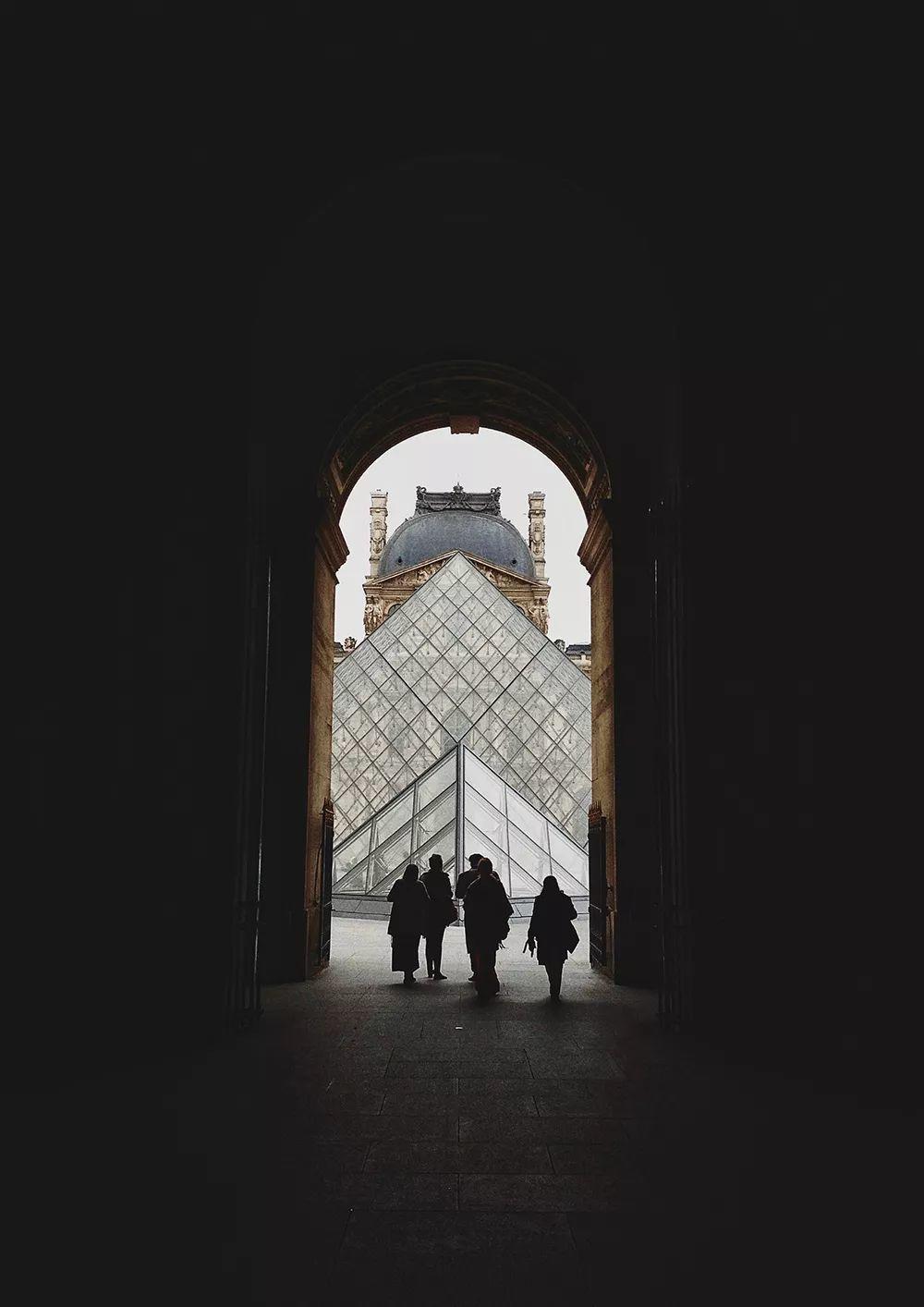
问:卢浮宫在文化和经济方面的功能并不矛盾,博物馆成功的商业活动便是佐证。您是否从这项工程开始时就预料到了这一点?这些商业活动的收入是否部分被用于场馆的维护呢?
Q: The cultural function of the Louvre does not exclude its economic functions, as the successful commercial activities linked to the museum attest. Did you foresee this from the beginning in your project? Is any part of the revenue. from these activities reinvested in the conservation and mainten- ance of the site?
勒:我之前曾提到过,在进行这次工程之前,卢浮宫主要面向的是外国游客,而非巴黎本地人。此次我们不仅要将博物馆与巴黎这座城市的形象关联起来,也要增加一些能够吸引巴黎本地人的因素。因此,我们在金字塔周围设置了一家专门售卖艺术类书籍、模型和海报的大型书店,还有一些出售珠宝和艺术品复制品的商店,同时设有餐馆和咖啡厅。为了解决停车位稀缺的问题,我们还需建造一个可容纳600辆汽车和80辆大巴的地下停车场,为此我们决定利用卡鲁塞尔花园地下的一块区域。建造停车场所需的巨额资金来自于精品商店和购物长廊的租金收入。令我个人非常满意的一点是,由于周围精美的商店和店里售卖的高质量商品,如今,卢浮宫凭借其日益增长的魅力吸引了越来越广泛的人群。
LEBRAT: I talked earlier about the fact that the Louvre before these works was mainly for foreign visitors and not for Parisians. Not only was it necessary to link the museum to the city but it also became apparent that activities to attract Parisians were necessary. So, around the pyramid, a vast book shop specializing in art books, models and posters was installed, along with shops to sell jewelry and reproductions of art objects, restaurants and coffee shops. To resolve the problem of a serious lack of parking space, an underground car park had to be built with space for 600 cars and some eighty buses. A huge area underneath the Carrousel Gardens had to be prepared, requiring a colossal investment. Leases on the boutiques and the shopping gallery financed the car park. And I would say that because of the high quality of the shops and the products sold in them, the Louvre has become a more attractive place to a wider range of people, and I am, personally, very pleased about this.
贝:是的,无论是新的公共空间,还是精品购物长廊,此次卢浮宫的改建工程为我们提供了许多重要的附加产品。购物长廊的建立在最初遭到了许多人的反对,但事实证明,我们需要它为昂贵的地下停车场的建造提供资金。
PEI: Yes, whether it be the new public space, or the gallery of boutiques, the transformation of the Louvre gave many important by-products. The establishment of the shopping arcade was initially opposed by many people but it was necessary to finance the expensive underground car park.
勒:此次卢浮宫改建工程是一次独特的经历,但我从中所学到的最重要的一点是,遗产是一个国家的文化符号,无论雄伟抑或质朴,有形还是无形,它们都必须得到精心的维护,并成为每一代人心中具有独特意义的存在。
LEBRAT: The Louvre is a unique experience but the main lesson, I would say, is this. The heritage of a country is essentially its cultural identity, and whether big or small, majestic or simple, physical or nonphysical, it must be maintained and have a meaning for every new generation.
贝:我们应该在不牺牲历史遗迹原真性的前提下,通过新的用途赋予其新生。这是一个相互促进的过程。卢浮宫项目的确是一次独特的冒险,该博物馆极好地显示了单一建筑所能具有的重大文化意义。
PEI: A historic site should be given a new life through new use, without sacri- ficing its authenticity. It should be a mutually reinforcing process. The Louvre project is indeed a unique adventure, the museum is a marvelous example of how a single building can mean so much to a culture.

联合国教科文组织世界遗产中心推广工作负责人梁敏子女士于1996年7月25日在巴黎采访勒布拉,1996年8月9日在纽约采访贝聿铭。
Ms Minia Yang, Rresponsible for promotion at the UNESCO World Heritage Centre Interviewed Mr. PEI in New York on 9 Aug. 1996 and J. LEBRAT in Paris On 25 July 1996.
翻译:
联合国教科文微博
联合国教科文《信使》微信
图文来源:“联合国教科文组织”微信公众号 2019-05-21
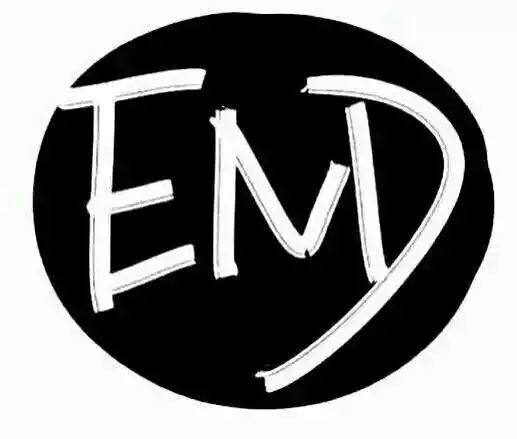


长按识别二维码,关注我们

中国民俗学会 · 业务范围
理论研究 学术交流 业务培训
书刊编辑 国际合作 咨询服务
中国民俗学会
微信号 : ChinaFolkloreSociety
微信订阅号:民俗学论坛
本篇文章来源于微信公众号:中国民俗学会
